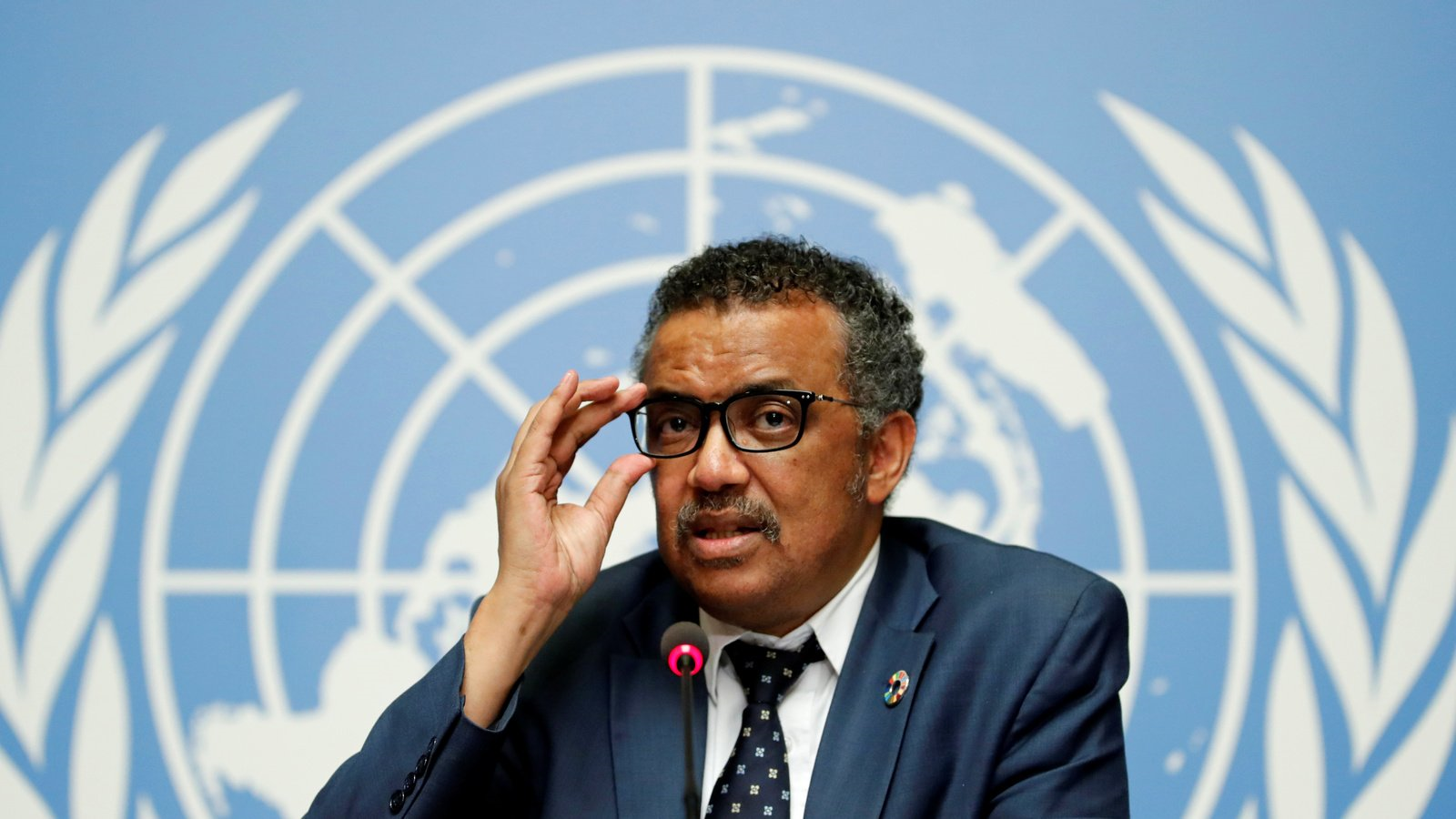In a bold move that could change countless young lives, the World Health Organization (WHO) has launched a high-stakes mission: delivering free cancer medicines to children in the world’s poorest nations. The stakes? Survival itself.
A RACE AGAINST TIME
The WHO’s shocking revelation: In low- and middle-income countries, fewer than 30% of children with cancer survive. Compare that to an 80% survival rate in wealthy nations – a disparity so vast, it’s a death sentence for thousands.
Now, the agency is fighting back. A secret weapon? A new global platform designed to flood hospitals with life-saving drugs—at no cost. The first shipments have already landed in Mongolia and Uzbekistan, with Ecuador, Jordan, Nepal, and Zambia next in line.
But here’s the real question: Can this daring plan beat the odds?

A DESPERATE NEED
Every year, 400,000 children are diagnosed with cancer – most in places where treatment is a luxury. 70% will die, victims of fake medicines, treatment shortages, or sheer lack of access.
WHO Director-General Tedros Adhanom Ghebreyesus didn’t mince words: “For too long, these children have been abandoned.” Now, his agency is betting big – partnering with St. Jude Children’s Research Hospital, which poured $200 million into the project. It’s the largest financial commitment ever for childhood cancer.
THE COUNTDOWN BEGINS
The pilot phase aims to save 5,000 children this year across 30 hospitals in six countries. But the real ambition, expanding to 50 nations in five to seven years—reaching 120,000 kids.
El Salvador, Moldova, Senegal, Ghana, Pakistan, and Sri Lanka are next in line. Yet, time is running out.
A GLOBAL MOVEMENT OR A FLEETING HOPE?
Andre Ilbawi of the WHO’s cancer program called it “the beginning of a revolution.” But revolutions need fuel. The platform’s long-term survival hinges on more funding, more partners, and unbreakable supply chains.
With governments finally waking up to childhood cancer as a top killer, the WHO’s gamble could be humanity’s best shot. Or its most heartbreaking near-miss.
Will the world step up? Millions of young lives hang in the balance.
Stay tuned for any groundbreaking results.

